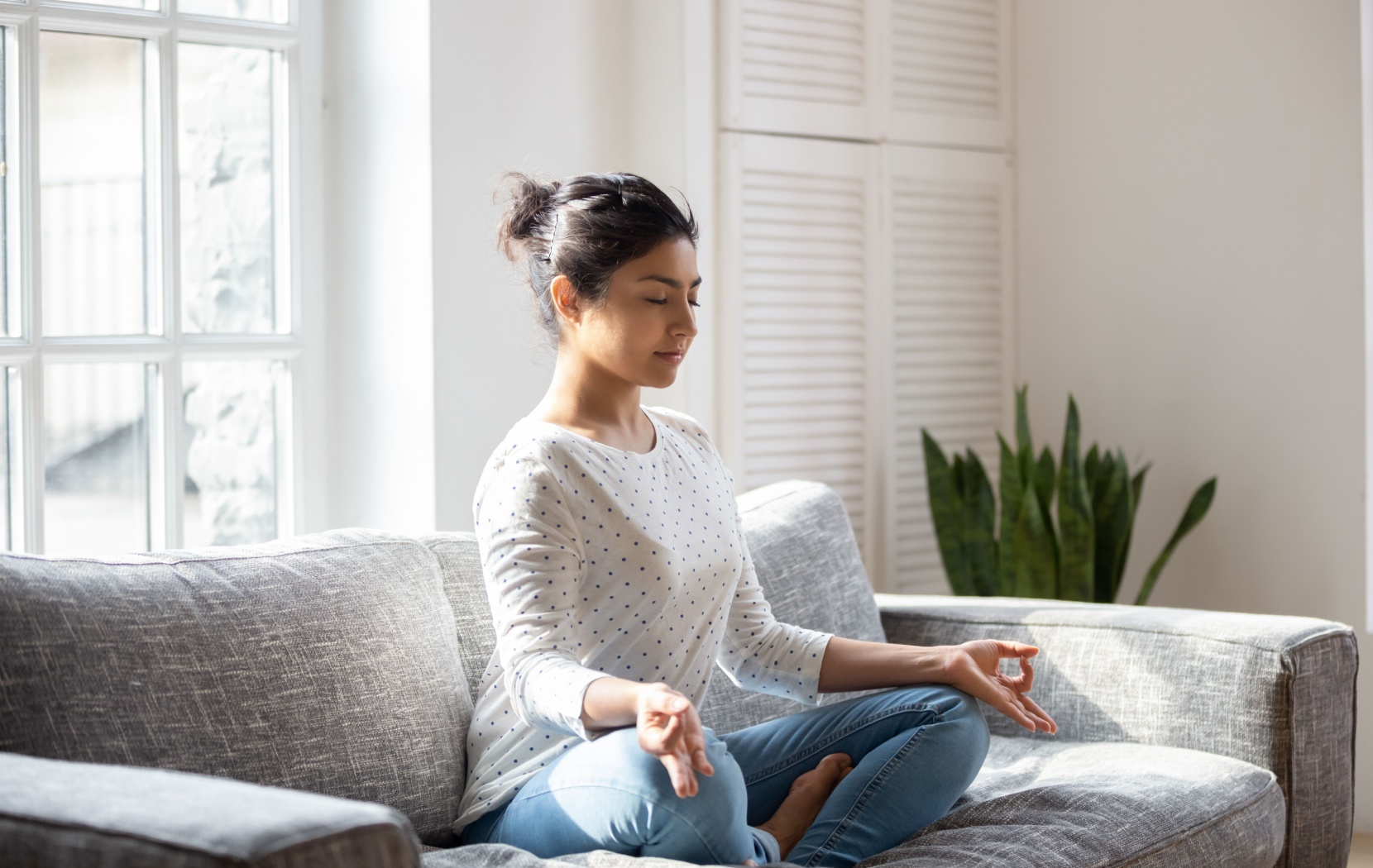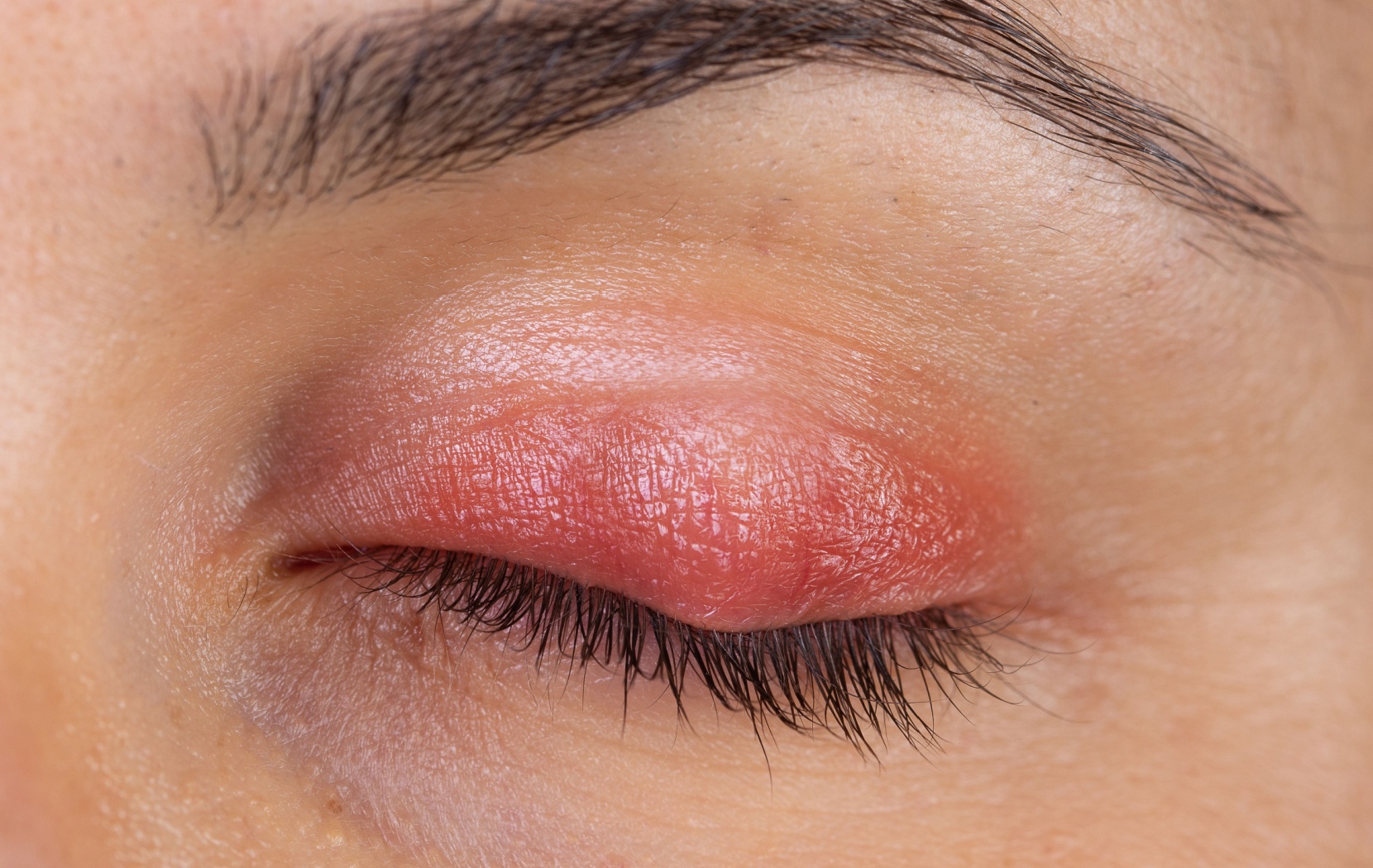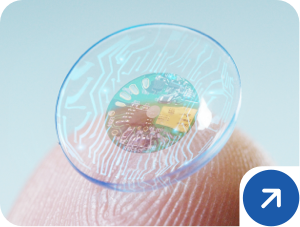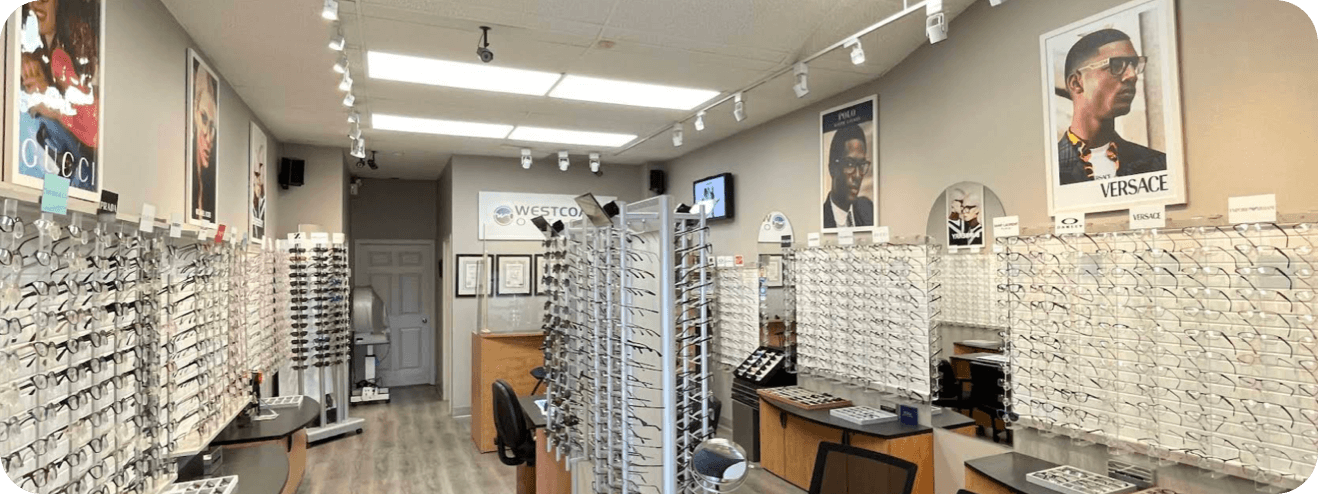Ever noticed how stress seems to cause all sorts of physical discomforts, from tension headaches to breakouts? But what about that red, painful bump on your eyelid? Could stress be the culprit behind eye styes? The short answer is not directly, but stress does contribute to factors that are known to contribute to stye development.
Eye styes are typically caused by factors like poor hygiene, not using contact lenses properly, underlying health conditions, and blepharitis. All of these factors can be aggravated and worsened by stress.
What Are Eye Styes?
A stye, medically known as a “hordeolum,” is a small, painful lump that forms on or near the edge of your eyelid. It develops when the oil glands in your eyelid become blocked and subsequently infected by bacteria. Styes can occur anywhere on the eyelid, even on the inside.
If you’ve developed a stye, you might notice the following:
- Redness around the affected area
- Swelling and tenderness of the eyelid
- A pus-filled bump, similar to a pimple
- Light sensitivity or watery eyes
- Crusting that forms on the edge of the eyelid
These symptoms can be uncomfortable, but most styes are harmless and can be resolved with proper care.
Common Causes of Eye Styes
While stress is often associated with styes, it’s not the primary cause. Styes form due to bacterial infections, but several everyday situations can increase your risk:
- Poor hygiene: Touching your eyes with dirty hands can easily transfer bacteria to the eyelids.
- Makeup habits: Using expired or contaminated makeup, failing to remove makeup at night, or sharing makeup with others can introduce bacteria to your eye.
- Contact lens use: Not properly disinfecting your contact lenses or using expired lenses can increase the risk of infection.
- Underlying health conditions: Skin conditions such as rosacea or systemic conditions like diabetes can make you more prone to styes.
- Chronic blepharitis: This eyelid inflammation increases the likelihood of recurring styes.
By improving your hygiene and being mindful of these risk factors, you can significantly reduce the chances of developing a stye.
Does Stress Cause Eye Styes?
Now, here’s where stress comes into play. Stress doesn’t directly cause a stye, but it can weaken your immune system. A vulnerable immune system makes it harder for your body to fight off bacterial infections, including those that target your eyelids.
Stress also impacts other aspects of your health that might indirectly lead to styes. For example:
- Stress often disrupts sleep quality, leaving you exhausted and more likely to touch or rub your eyes.
- Chronic stress can worsen habits like neglecting hygiene or skipping basic skincare, increasing the likelihood of bacterial infections.
- Hormones released during stress, such as norepinephrine, can attract bacteria to certain areas of your body, including your eyelids.
When combined, these factors can create the ideal environment for developing an eye stye.
Tips to Manage Stress & Stye Risks

Managing stress is crucial for your vision health and your overall health. Here are some effective strategies to help you tackle stress and prevent styes:
Manage Stress Levels
- Try meditation or deep-breathing exercises to relax your mind and body.
- Regular exercise releases mood-boosting endorphins, helping you combat stress.
- Aim for 7–8 hours of quality sleep each night. Well-rested eyes are less prone to irritation and infection.
Practice Good Hygiene
- Wash your hands regularly and avoid touching your face or eyes throughout the day.
- Always clean your makeup brushes and avoid sharing makeup products.
- Disinfect your contact lenses properly and never wear them past their expiry date.
Home Eye Care Tips
- Change pillowcases regularly. Dirty pillowcases can harbour bacteria that make their way to your eyes.
- Remove makeup before sleeping. Sleeping with makeup clogs the oil glands in your eyelids, which can increase the risk of infection.
Developing these simple habits not only reduces stress but also cuts down the risk of recurring eye styes.
What to Do If You Get a Stye
Even with the best care, styles can sometimes develop. Most mild cases can be treated at home with the following approaches:
- Warm compresses: Apply a warm compress to your eyelid for 10–15 minutes, three to four times daily. This helps unblock the oil glands and relieves pain.
- No squeezing or popping: Avoid attempting to drain the stye yourself. This could make the infection worse.
- Over-the-counter relief: Use gentle pain relief or lubricating eye drops if necessary.
However, in some cases, styes require medical attention. You should contact your optometrist if:
- The stye doesn’t improve within a few days.
- You experience severe pain or swelling.
- Your vision becomes blurry or you notice other unusual changes in your eyesight.
- You notice recurring styes over a short period.
An eye care professional can diagnose and treat your condition effectively, sometimes by draining the stye or prescribing antibiotics.
Take Steps Towards Healthy, Stress-Free Eyes
Stress may not directly cause styes, but it can make you more vulnerable to the factors that do. By managing stress and maintaining proper hygiene, you can dramatically lower your risk of developing an eye stye.
If you’re noticing symptoms of a stye or have concerns about your eye health, West Coast Optical is here to help. Schedule an eye exam today to get personalized advice and treatment options from our experienced team. Together, we’ll keep your eyes healthy and your vision clear.















